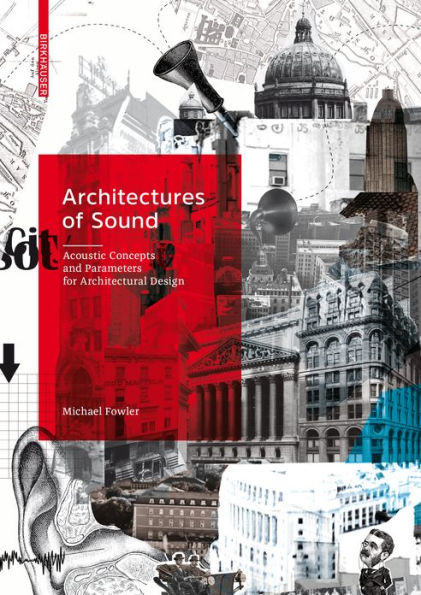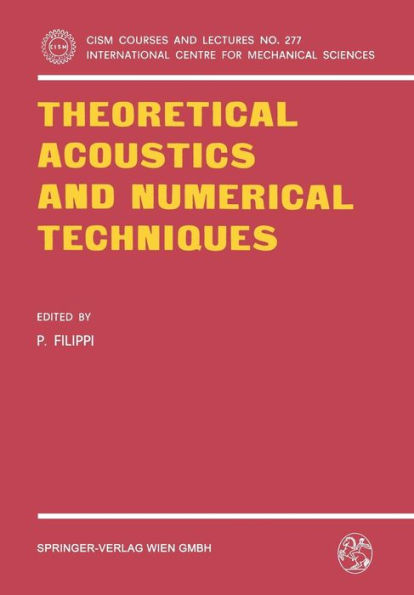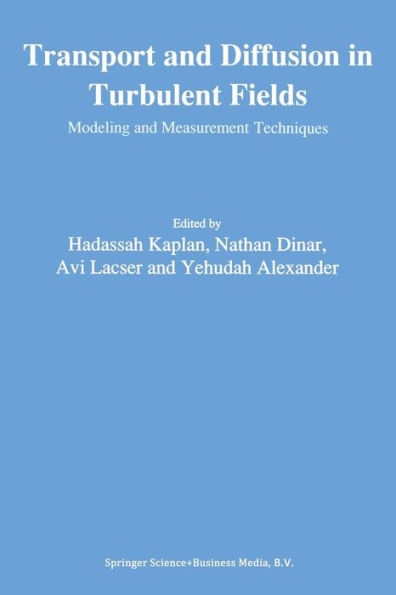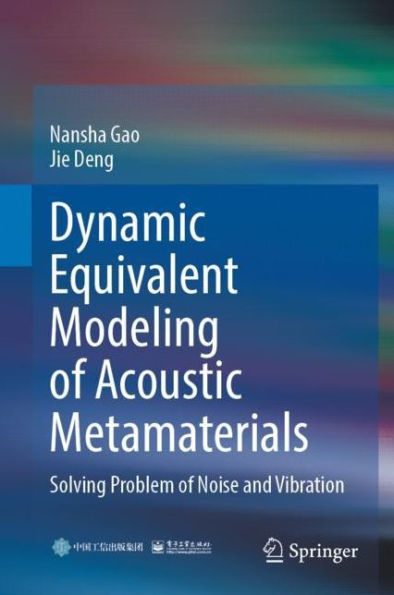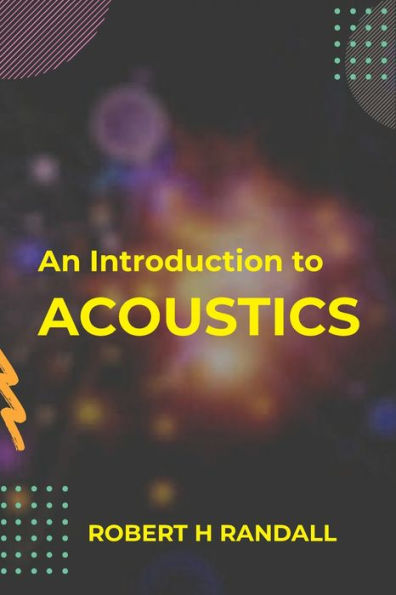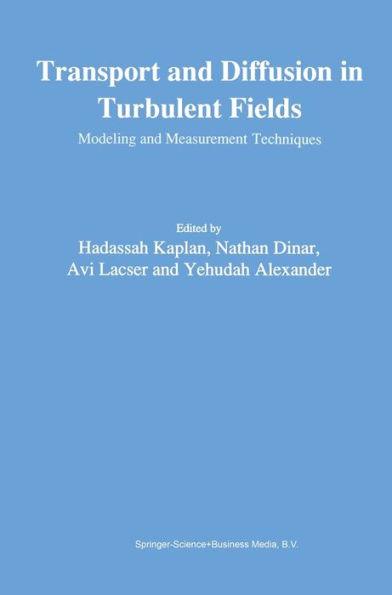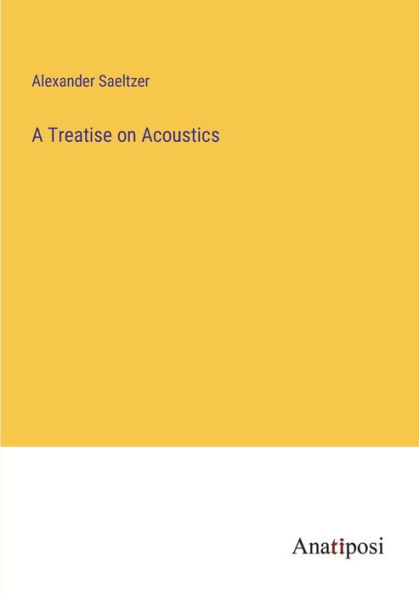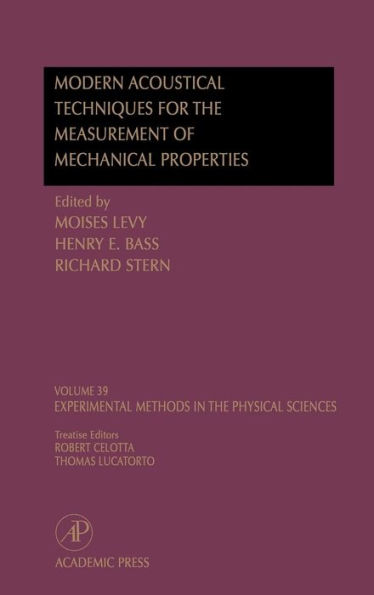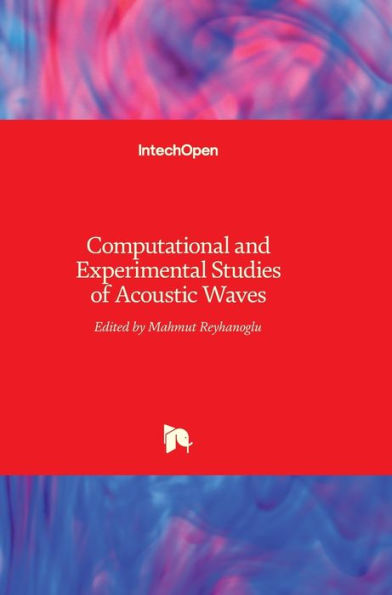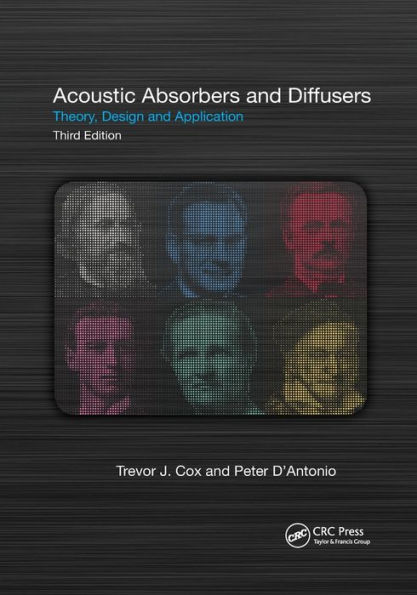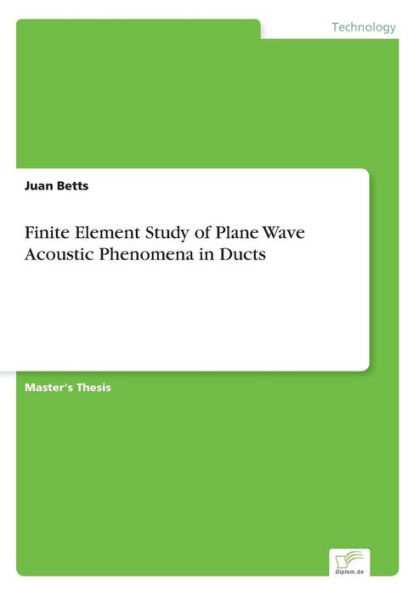Home
Uncertainties in Acoustical Transfer Functions: Modeling, Measurement and Derivation of Parameters for Airborne and Structure-borne Sound


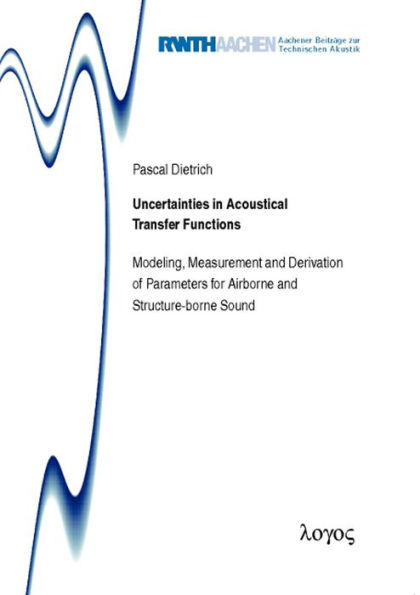
Uncertainties in Acoustical Transfer Functions: Modeling, Measurement and Derivation of Parameters for Airborne and Structure-borne Sound
Current price: $56.00
Loading Inventory...
Size: OS
Measured transfer functions of acoustic systems are often used to derive single-number parameters. The uncertainty analysis is commonly focused on the derived parameters but not on the transfer function as the primary quantity. This thesis presents an approach to assess the uncertainty contributions in these transfer functions by using analytic models. Uncertainties caused by the measurement method are analyzed with a focus on the underlying signal processing. In particular, the influence of nonlinearities in the acoustic measurement chain are modeled to predict artifacts in the measured signals and hence the calculated acoustic transfer function. Secondly, characterization methods commonly applied in the field of signal processing are linked to the acoustic scenarios and the main influencing parameters. Acoustic parameters are then derived analytically and by means of Monte Carlo simulations considering the uncertainty of these input parameters. In order to provide airborne applications, analytic models for sound barrier and room acoustic measurements are developed incorporating the directivity and the orientation of the sound source as well as the positions of sources and receivers. The simulated uncertainty contributions are validated by measurements. The same approach is also applied to structure-borne sound applications.
